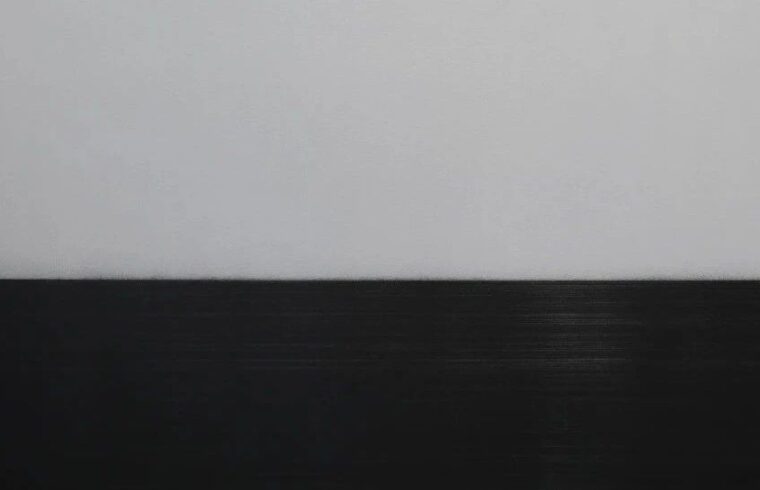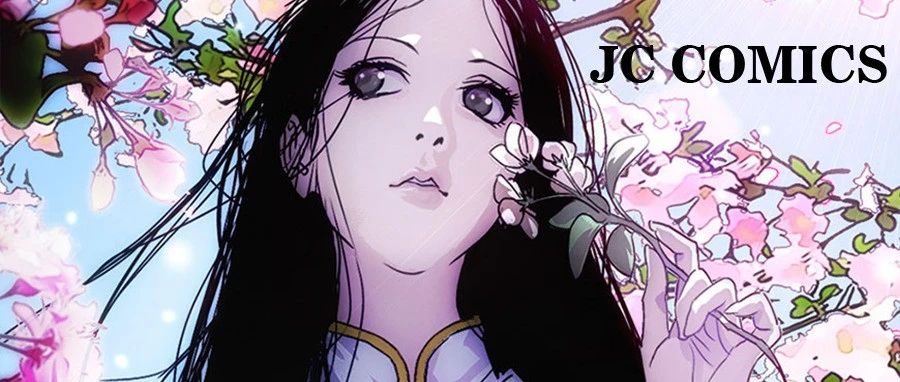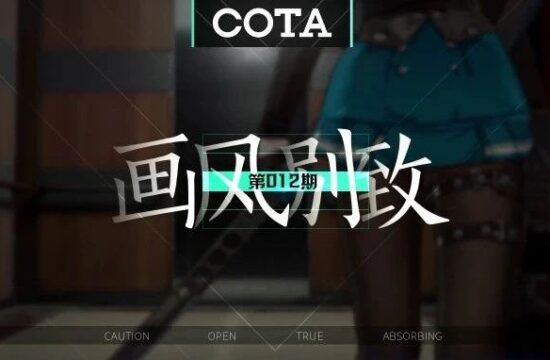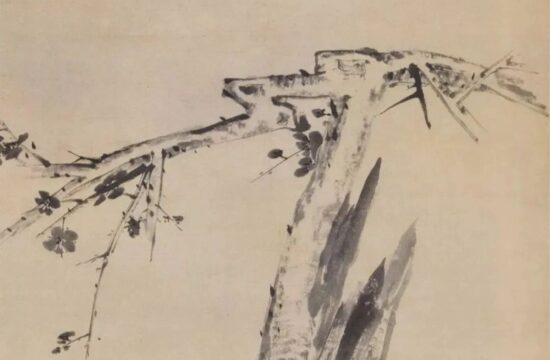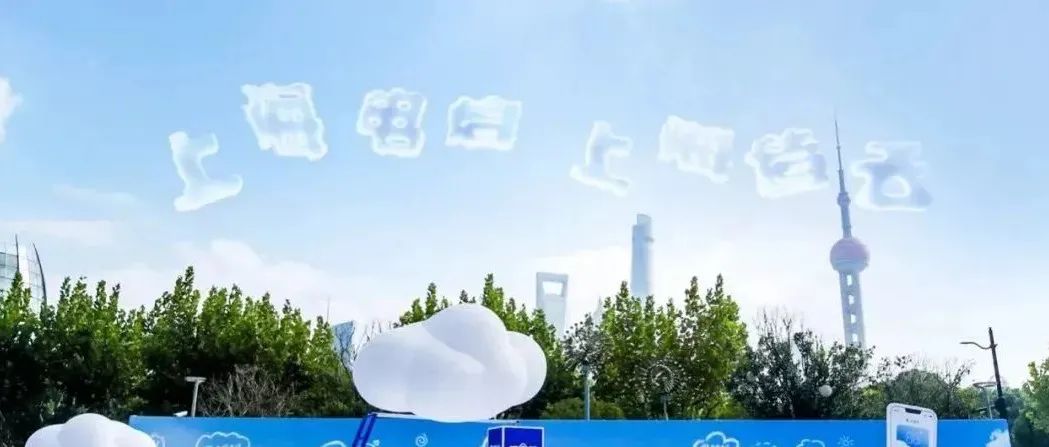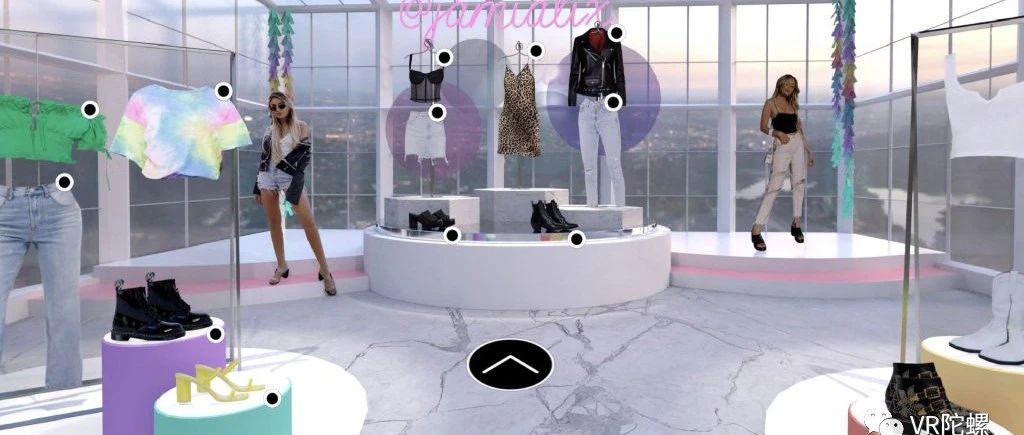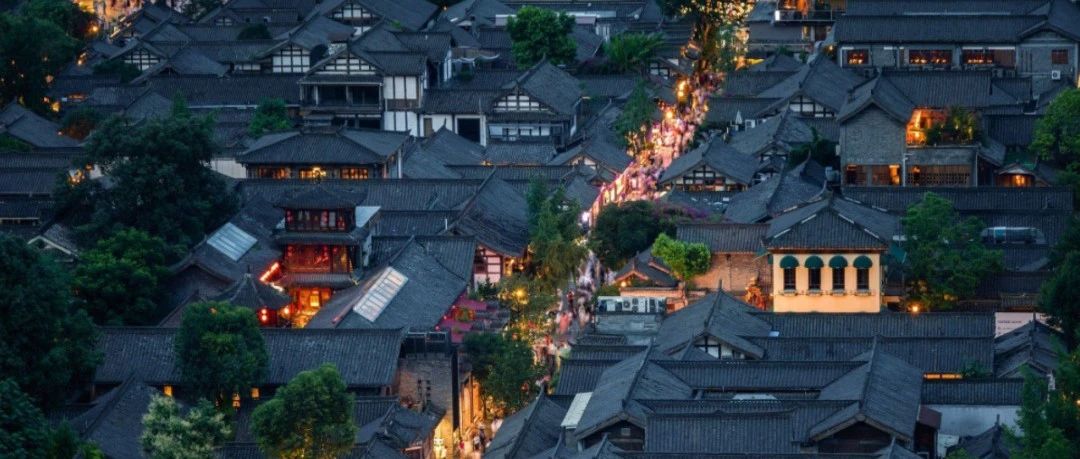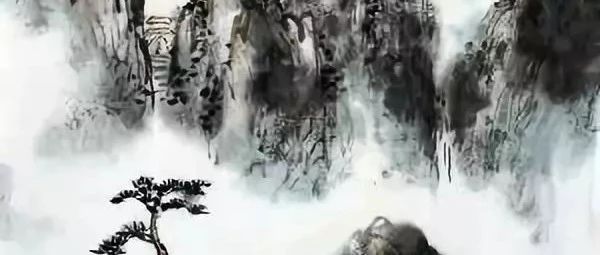本次展览《均值》是顾小平继2016年《行走的墨线》、2019年《观物取象》后,在白盒子艺术馆举办的第三场个展
无限延伸的痕迹——关于顾小平“行走的墨线”(节选)
Traces of Endless Extension----on GU Xiaoping’s Ink Lines in Motion(Extract)
文/冯博一
By FENG Boyi
顾小平近年的创作是从“行走的墨线”给予展开与呈现的。他利用中国传统木器制作的墨斗工具,严格按照标准、精确的劳作方法,富有规则地在宣纸、布面等媒材上,重复勒出一个个均衡的墨线,并朝着纵向或横向的无限延伸,构成了一幅幅疏密相间或积叠至黑的“墨线”图像。墨斗是“现成品”的工具概念,顾小平借此代笔的“描绘”,超越了它工具功能的属性,改变了“水墨”的规定性,成为了他创作的另一种工具理性。这样的改变,我觉得是对传统的秦淮文人墨客,以及对当下新水墨、新国画改良的鼓噪喧嚣,具有一种调侃、戏谑和反讽的意味,并细致入微地直观地摆在观者面前。而这种呈现又具有数量、规模、复数般的视觉效果,它的指向性被拓展或开启了另一想像空间。从这点来说,顾小平的方式是纯粹的和难得一见的,也显示出顾小平所使用的这种不露声色的冷静、客观的洞察力与表现力。换句话说,顾小平没有把他的表达限制在南京水墨江湖如何“玩线”的窠臼中,他也不满足于仅仅把水墨转换为当代的视觉语言,而是具有批判性地把传统沉淀为实物的底色,把创作着眼点对准日常劳作的工具之上,反而构成了视觉上朴素而直接的力量。同时,这种不厌其烦地用手工劳作来追求机械般重复的过程,寻求着一种视觉的间离效果,并转化到艺术的行为之中,具有一种对日常“修行”的尝试。画面中线与线排列,在有形与无形、虚与实,以及光与影的结构中,形成了似与不似的互为图像,没有边际。显然,这是对绘画艺术本身一种颠覆与消解,也导致了他个人对现实生存实在属性的感触,如同在他这些作品之间的临界点上,游移与如影随行的漂浮一般。这是他在北京栖居阶段创作的集中呈现,意味着其创作处于实验的探索过程,以及对艺术态度始终处于“无边”的抽离与延伸之中。既显示了顾小平的冷静、理性、固执的特质,也是他对现代工业文明的一种反思与表达。
GUXiaoping’s recent works are shown and presented in the exhibition, “Ink LinesIn Motion”. He uses the traditional Chinese carpenter’s ink box and line toolsfor furniture making, following the standard and accuracy strictly of itslaboring method, to make out evenly laid out ink lines in repetition over ricepaper or on canvas, as the lines extend endlessly in vertical and horizontaldirections, as they come into images of sparse or densely laid out “ink lines”.The ink box can be considered as a “readymade” tool, the “drawing” GU Xiaopingmakes as he replaces the brush transcends its original functions, altering therules of “ink” painting, engendering a different kind of methodological toolanchored in his practice. Such change, in my view is a kind of banter, sarcasmor irony towards the literati of the Qin and Huai, or even the momentum aroundnew ink and new Chinese painting, as the artist meticulously and forwardlypresents it before the viewers. Such presentation of quantity, in large scale,visual rendering of repetition points to an opening and expansion into anotherimagined space. For which, GU Xiaoping’s approach is straightforward and rare,as he reveals a nonchalant calmness and objective sense and observation.
顾小平与2016年《行走的墨线》策展人冯博一
GU Xiaoping & FENG Boyi, curator of "Walking Ink Lines" 2016
现代化工业文明的特征之一是标准化、复数化与重复性,现代化工业的流水线作业、无机品质的高楼大厦,以及消费商品,尤其是被大众宣传媒体复制的统一表情等等,都是非个性化的脸谱和面具在现代社会生活的本质表征,也是这种标准化、复数性的产物,而这种特征是区分出古典情感和现代情感的界限。我们的政治环境、现实生活境遇其实也是被不断地整齐划一了,每一个生命的存在,都是一种机械的重复,犹如套在我们身上的社会身份与角色,被规定在各种格式化之中。而顾小平对这些社会问题的思考、判断与认知,则是形成和贯穿在他“行走的墨线”作品创作的主要背景与现实依据。而支撑顾小平实验的观念,除了不愿将已固定化了的风格样式一直延续下去之外,其实是与他的对现实、对艺术本身的思考是一脉相承的。所以,与其说顾小平是在客观地利用墨斗綳线,不如说这是他有意地处理与破坏我们惯常的审美意识,使这些熟悉的内容陌生化,以控制观者的期待,让观者体味到经过处理的新作品所产生的惊奇,以及摆脱原有图像的自由。或许只要把握住了介入性处理,便能够更好地认清背后的意图,从而使我们能更加清楚地认知事物的本质。
Modernindustrial culture is characterized by standardization, large quantity andrepetition, the assembly line of modern industry, the inorganic high rises andthe consumer goods, especially the uniform expressions replicated in mass mediaand etc., are all impersonal facades and masks manifesting the symptoms ofmodern social life. It is also the standardization, multiplicity of products, adistinction that separates the modern emotions from the classical ones. Ourpolitical environment and living circumstances are constantly being conformed,every existing life is a mechanical reproduction, just like the socialidentities and roles we have taken, being formatted into certain positions.Whereas, Gu Xiaoping’s thoughts, judgment and understanding are the maincontext and actual references that shape and transgress the making of “Ink Linesin Motion”. What supports Gu’s experimental concept, besides his unwillingnessto surrender to a fixed style and continuing with it, are his consistentthoughts on reality and art. Therefore, rather than claiming Gu Xiaoping hasobjectively adopted plucking lines with ink box, he is purposefully dealing anddisrupting our usual aesthetic conscience, bewildering such familiar content,in order to control the viewers’ expectations, allowing the viewer to sense ofawe engendered by the new work of art while breaking away from the freedom ofthe original image. Perhaps, once one takes command in interrupted control, onewould have a better grasp of the intension, to allow us to have a clearerunderstanding on the nature of things.
行走的墨线 2015012,150×150cm,2015,纸本,墨斗线
Lines in Motion 2015012,150×150cm,2015,Paper, ink fountain line
如果从文化的角度考察,从艺术史方面引申,也可以说顾小平身体力行的绘画语言方式,是一种超文本的戏仿效果。从图象到处理图像,不仅仅是对以往审美趣味、样式的颠覆与破碎,也是拼贴与建构性的尝试,从而产生出一种新的视觉张力。这种张力的观念来自于他对艺术作品、美术史所形成的认知方式和叙事规则的反叛与挑战,在于对这种不合逻辑、非常理的荒诞现象的追问和给予荒谬结局的凸显,是在“互为图像”的关系上对原有创作意识和表述方式的拆解,抑或也是一种“荒谬之荒谬”的反诘。从而,解构了绘画史所规定的所谓艺术概念的界限。这也是一种相互关系的吸附,还是顾小平日常的繁杂琐碎,以及情绪导致的灵魂出窍般地“游走”过程的心理踪迹。特别是在看似标准化、复数性的墨线限制上,对所谓的绘画本身进行了故意的干扰,使我们的观看脱离了原有的视觉感知,既有犯忌般的快感,又不失幽默地诱发出各种荒诞的想象。因为顾小平的艺术更为日常化,在周而复始的无聊感之中,体现出一种荒诞的惯性,留下了他在不同媒介上游走痕迹的形而之上。当然,思考与创作的方式和角度很多,但顾小平的修行方式是否能够反衬出传统艺术在当代性转化上的一种可能性?我以为这样的创作态度和形式意味着一种实验和探索,也意味着对传统的传承和艺术的当代性转化。由此而言,顾小平展览所昭示的绝非是作品形态带来的视觉张力本身,而是更深层次、更普泛意义上人的精神与存在的挖掘与建构,也是他将艺术实验置放在当代文化语境中的一种重构和体悟。仿佛被裹狭在其中的我们,都融入一个现实无法把握,甚至尴尬、无奈的身临其境感受。他的视觉文本已经深深地刻下了他和同代人的生存痕迹。
Ifwe were to investigate from a cultural perspective and to expound from an arthistorical angle, Gu Xiaoping’s participatory painting language has a simulacraeffect that transcends texts. From image to manipulating the image, he has notonly subverted and shattered the cliché aesthetic taste and mode, but also madean attempt to engender a new visual tension through collage and construction.The concept of this tension comes from his subversion and challenge on the workof art, the historiography of art and the narrative principles, his probing onthe illogical and unusually absurd phenomenon, as well as the underlining theabsurd outcome, a deconstruction of the original creative consciousness andmode of expression based on the relationship of the “inter-image”, or it alsoretorts “the absurdity of absurdity”. Thereby, it deconstructs the so-calledboundary of artistic concept prominent in the history of painting. His workappeals to mutual relationships, as the lines are the psychological traces ofGu Xiaoping’s trivial daily happenings, as well as emotionally drivenout-of-body “wandering” journeys. Especially bound by the seeminglystandardized, multiples of ink lines, interrupting the so-called paintingitself, allowing our looking to depart from the original visual experience, diveinto the satisfaction of looking at taboo, while humorously provoking variousabsurd imaginations. Because Gu Xiaoping’s art centers on the quotidian, theboredom of repetition has revealed an absurd momentum, leaving a metaphysicaltraces of wandering in various mediums. There are certainly many ways ofthinking and mode of practice, would Gu Xiaoping’s self-cultivation reflect ona possibility of traditional art in the contemporary? I think such artisticattitude and form suggest a kind of experimentation and exploration, as well aspassing on a traditional heritage and transforming it in the contemporary.Thus, Gu Xiaoping’s solo exhibition does not demonstrate the visual tension inartistic form, but digs and constructs a deeper and broader meaning of thehuman spirit, it is also a reconstruction and enlightenment where the artistplaces art in context of contemporary culture. We, as if being enwrappedwithin, have been led into a controllable reality, or even awkward and helplessimmersion. His visual renditions have deeply engrained the traces of existenceof himself and his generation.
隐忍的美学(节选)
The Aesthetics of stoicism(Extract)
文/汪民安
By WANG Minan
顾小平采用了传统木工的墨线方式来制作自己的线。木工会用墨线固定在木头的两端,然后拉扯墨线,使之弹跳在木头上并留下自己的痕迹,这些黑色的直线痕迹,是指导木工裁剪和切割的线。现在,顾小平雇佣了这种木工的墨线方式,他将线弹在白色的画布上,或者白纸上。它们是制作出来的,更恰当地说,是弹奏出来的。它瞬间就形成了。它不是在历史中,不是通过时间获得自己的踪迹。也就是说,线不是在时间中生成的。线消除了时间性,线的整体是同时抵达的,同时完成的,开端和结尾在同一个瞬间形成:它没有开端和结尾。它没有历史的命运盘旋其中。
GUXiaoping adopteda traditional carpenter’s approach of line making. The carpenter would fix thetwo ends of a thread on a piece of wood, by plucking the thread that had beensoaked in ink to leave a mark on the wooden surface. The traces of these blacklines become indications for sawing and cutting. GU Xiaoping appropriates thismethod and pluck threads on the white canvas or on paper. His lines areproduced, or more specifically, plucked. Configured instantaneously, it isahistorical because it did not earn its trace through linear time. In otherwords, the line did not occur in time, it dissolves the sense of time, itsentirety occurred and completely at once, where its beginning and end happenedin the same instant: it does not have a beginning nor an end. The historicalfate does not cast over it.
均值 202117 亚麻布 丙烯 矿物质颜料 241x241cm 2021
Moderacy202117, Linen Acrylic Mineral Pigments, 241x241cm 2021
在顾小平的作品中,这墨线总是和白布或白纸构成关系。画面就存在于这种关系中,它利用了画布或画纸本身的肌理和色彩,墨线并不是将画布或画纸淹没,而是让画纸或画布成为画面的基本要素,它们和墨线相互应答。它们构成墨线的回音。这种墨线和白底的融合,不仅形成了平面式的绘画,而且还让绘画取得了自己的空间,这些画奇特地同时容纳了空间和平面。正是这种特殊的空间和平面的特殊结构中,画面有自己的节奏,有自己的呼吸,有自己的韵律。画面最终的结果,或者说,画面最终的形成,取决于弹奏的强度和次数,因此,这是敲击和弹奏的绘画,也可以说,这是强度的绘画,是与力相关的绘画,绘画取决于弹奏的力的质(强度)和量(次数)。
InGU Xiaoping’s works, the carpenter’s lines always establish a relationship withwhite canvas or white paper. The image exists within this relationship. GUXiaoping adopts the texture and color of the canvas and paper, his lines arenot to overpower the canvas or paper, but to allow the paper and canvas tobecome basic components of the artwork. They respond to the lines and becomethe echoes of the line maker. The integration of the two not only lends topainting on the surface but also constructs its own space. They are uniquepaintings in containing space and surface. In such unique space and structureof the surface, the image presents its own rhythm, breath and cadence. Thefinal outcome of the image, or in other words, the final formation of theimage, is determined by the force exerted and number of times the thread hadbeen plucked. Thus, the works are paintings of beating and plucking, orpaintings of strength, paintings related to power, where they rely on thequality (tension) and quantity (number) of the marks.
均值 2021018 亚麻布 丙烯 矿物质颜料 200x400cm 2021
Moderacy2021018, Linen Acrylic Mineral Pigments, 200x400cm 2021
因此,绘画在某种意义上近似于一种音乐——不仅仅是画面上的音乐感觉,在画面上,一条一条弹奏出来的线确实有乐谱的痕迹,它们有强烈的节奏感,并且有明确的部署,它们的浓度,厚薄,稀疏呈现出强烈的有节奏的分配感,仿佛音乐的各种变奏一般。绘画的音乐性还来自于这种敲击和弹奏,来自于手的施力,手要拉扯,要将线拉到高度,然后要松手,要让线撞到布面,线甚至会发出声音,墨线敲击画布或者画纸的低微声音。绘画伴随着轻微的敲击声,它有节奏地敲击,有节奏的发音,不仅是手的弹奏感,而且,确实弹奏出了声音,弹奏出了画面的节奏,弹奏出了声音本身。这是绘画,这也是音乐;这是形象在跳跃,这也是动作和声音在跳跃。
Thus,to a certain degree, painting is similar to a kind of music, a musical rhythmon the image where one may indeed make reference to musical scores. The linesembody a strong sense of rhythm, distinctive attributes, and their density,thickness, sparseness show strong sense of rhythmic distribution, like variationsin music. The musicality in the painting comes from the motions of beating andplucking; from exerting force by the hand, as the hand has to pull the threadto a certain height, then release it. The thread has to clash onto the canvas,it would even make a sound, the line maker hits the canvas or paper makes asoft sound. This soft beating sound, its rhythm, is not only marked that of thehand, but also the actual sound, resonates with the rhythm of the image. Thisis a painting, it’s musical; the images are dynamic, and so are the actions andsounds.
修炼是借助于重复来完成的。重复地弹奏,重复地部署,重复地施力,重复地行走。这种种重复,就将激情和意外一扫而空。重复就意味着心静如水,就意味着寂静。这正是修炼的意味——它不惊讶。艺术家正是在工作室内长期这样的重复,就将外面的世界抛到了脑后。他沉浸在自己的世界中。但是,如此的重复,如此细微的重复,如此一遍遍地单调地重复,难道不也是一种疯狂?难道不是一种重复的疯狂?这种重复会让人疯狂吗?但是,这所有的重复又都意味着差异,人工的细微差异:每次弹奏力量的差异,墨痕的差异,浓度的差异,一条线和一条线的质和量的差异,线和线之间距离的差异,它们排列秩序的差异,正是这种线和线的差异(尽管它们来自于同一个动作),让画面透出了空隙,让画面自己在呼吸,让画面在喃喃低语。
Cultivationis only possible through repetition; plucking repetitively, positioning,exerting force and walking. The various repetitions efface passion and theunexpected. Repetition suggests a tranquility of the mind and quietude. This isthe meaning of self-cultivation - it does not startle. Over time, the artist’spractice in the studio has made him forgotten about the outside world as hebecomes fully immersed in his own world. Although, doesn’t repeating time andtime again, monotonously also a type of madness? A repeated madness? Would suchrepetition make one mad? At the same time, all of these repetition would implydifferences, the unnoticeable differences in the handicraft: the difference inthe force exerted with each beating, the trace of ink left, its density, thequality and quantity of one line to the other, their order. It is the differencebetween the lines (although they are results of the same motion), they generatespace on the image, they allow the image to breath, and to murmur.
本文来自微信公众号“白盒子艺术馆”(ID:whitebox798798)。大作社经授权转载,该文观点仅代表作者本人,大作社平台仅提供信息存储空间服务。


